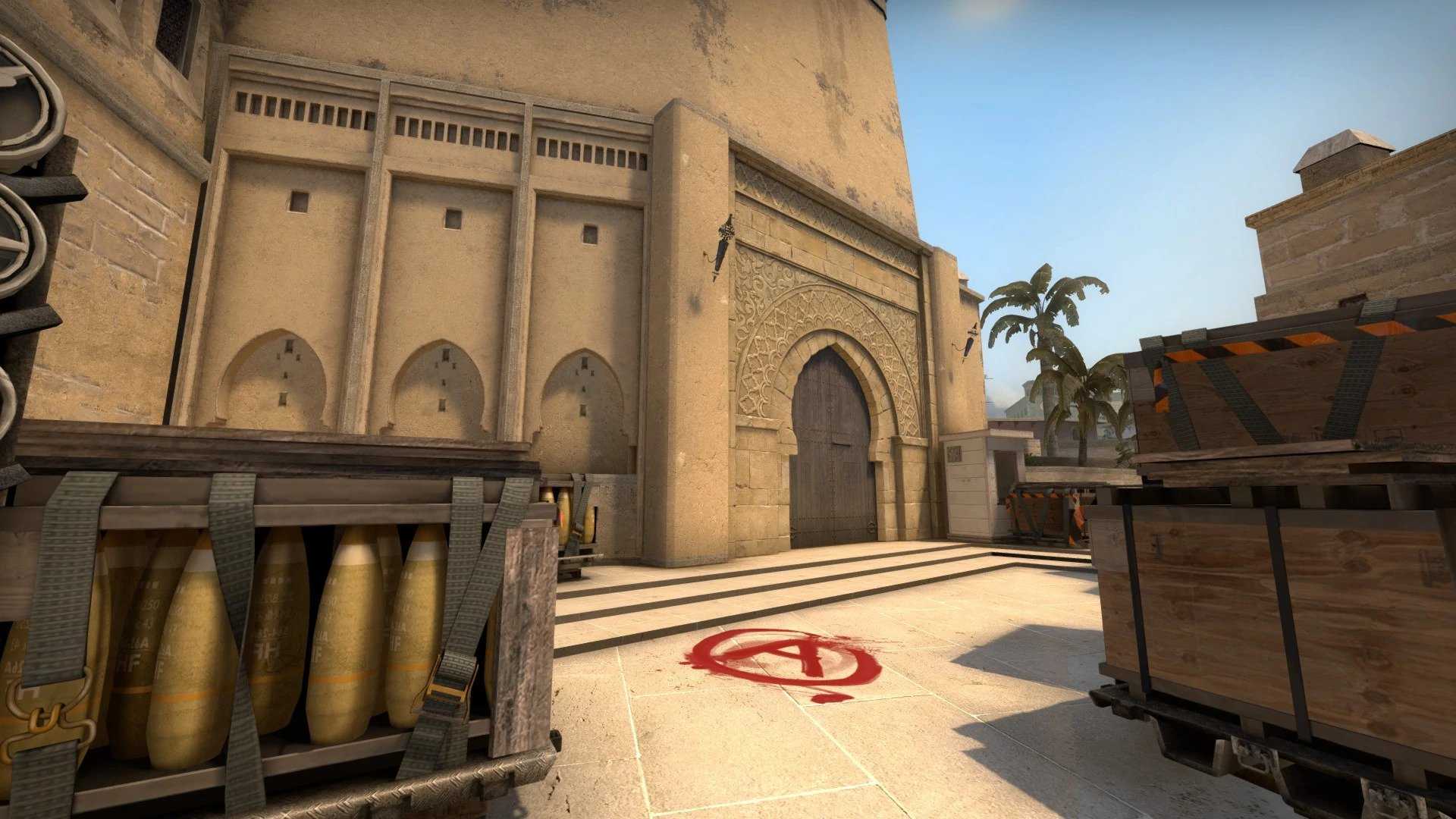The Insight Hub
Explore the latest news and insights across various topics.
Unraveling the Secrets of CSGO Maps: Explore, Strategize, Dominate
Unlock the hidden secrets of CSGO maps! Master strategies, explore intricate designs, and dominate the competition like never before!
Top 5 CSGO Maps Every Player Should Master
When it comes to CSGO, mastering the maps is just as crucial as improving your shooting skills. Understanding the layout, popular chokepoints, and strategic hiding spots can significantly enhance your gameplay. In this article, we will discuss the Top 5 CSGO Maps Every Player Should Master. With a solid grasp of these maps, you'll find yourself climbing the ranks in no time.
- Dust II - Often considered the most iconic CSGO map, Dust II is essential for any player to learn. Its simple layout with clear sightlines makes it perfect for honing your skills.
- Inferno - Known for its tight corners and narrow pathways, Inferno requires players to master angles and utility usage.
- Mirage - A staple in competitive play, Mirage offers a balance of open spaces and close quarters, making it vital to understand.
- Train - With multiple levels and complex pathways, Train challenges players to think creatively about their positioning.
- Nuke - This vertical map provides unique opportunities for strategies that exploit height advantage and cover.

Counter-Strike is a popular multiplayer first-person shooter game that has captivated players since its release. It emphasizes teamwork, strategy, and precision aiming. Many players are eager to enhance their gaming experience by learning how to unlock premier cs2 features, which can elevate competitive play.
How to Analyze CSGO Maps for Tactical Advantage
Analyzing CSGO maps is crucial for gaining a tactical advantage in gameplay. Each map comes with its unique layout, choke points, and potential hiding spots that players can exploit. To effectively analyze a map, start by studying the overall design and the positions of key strategic areas such as bomb sites, spawn points, and common pathways. Utilize tools like map sketches or online overlays that highlight important areas. Additionally, consider the nuances of each game mode, as these can influence how players approach different maps. By understanding these elements, players can develop strategies tailored to their team's strengths and weaknesses.
Next, it's essential to familiarize yourself with common tactics and player movements specific to CSGO maps. Watch professional gameplay or create custom lobbies to practice and observe how experienced players navigate the map. Look for patterns in player behavior, such as popular routes or favored spots for engagements. You can also create a checklist to evaluate a map's strengths and weaknesses, noting areas where your team can gain the upper hand. For example, mark high ground positions, potential ambush sites, and areas with good visibility. This analytical approach not only improves individual performance but also enhances team coordination during matches.
The Evolution of CSGO Maps: From Classic to Competitive
The evolution of CSGO maps has been a fascinating journey, reflecting not only the growth of the game but also changes in player strategies and community feedback. Initially, classic maps like Dust II and Inferno defined the landscape of competitive gameplay, offering balanced layouts that encouraged teamwork and skillful maneuvering. Over the years, updates and new releases have introduced variations and entirely new maps, such as Mirage and Vertigo, which have become staples in the competitive CSGO scene, showcasing the game's adaptability to shifting player preferences and competitive dynamics.
As we delve deeper into the competitive sphere, we see a marked emphasis on esports-centric design in newer CSGO maps. These maps not only focus on aesthetics but also incorporate advanced mechanics that cater to high-stakes tournaments, such as better cover areas and strategically placed bomb sites. The importance of map rotations and sightlines has led to a more profound understanding of map control and tactical execution among players. This ongoing evolution underscores a commitment to improving gameplay experience, making each new map release a significant event in the CSGO community.